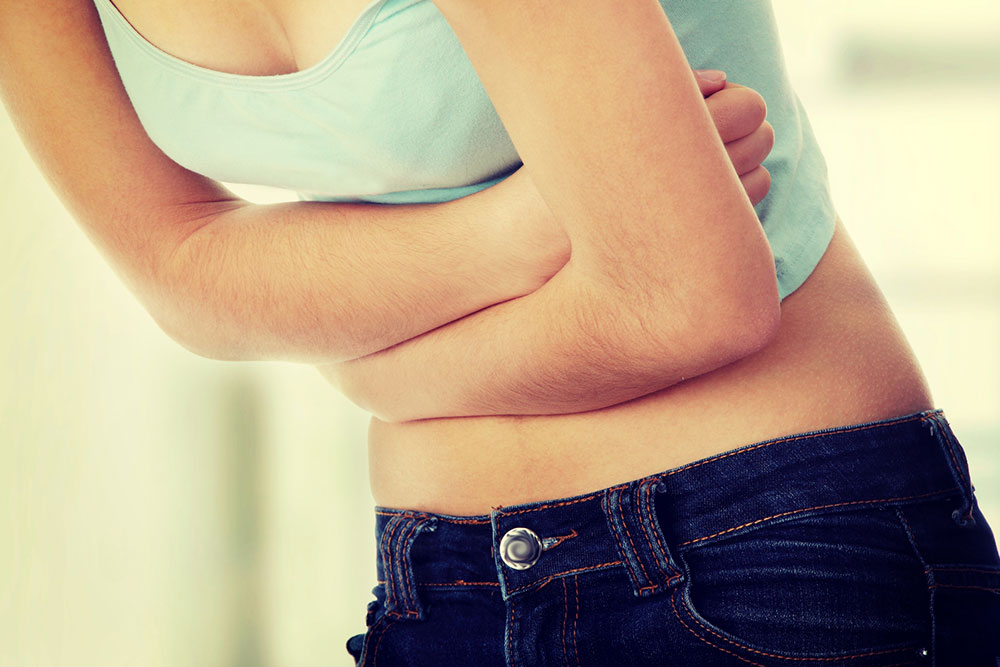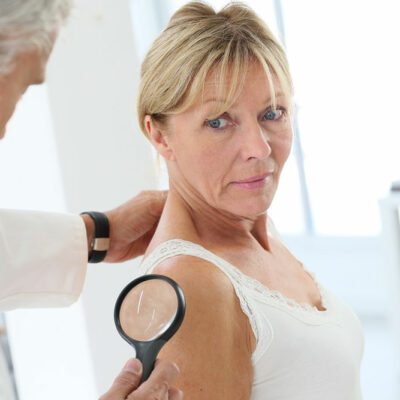
5 treatment and self-care methods used to manage an overactive bladder
A commonly known condition, an overactive bladder leads to a sudden urge of passing urine. It is not a disease but rather a term that denotes different urinary symptoms. An overactive bladder makes it difficult for one to control the activity of urine passage and this leads to an involuntary loss of urine. An individual who is afflicted with this condition, may feel embarrassed and even isolate themselves in places such as work or school. A major problem associated with overactive bladder is that a large number of people do not seek help even after experiencing symptoms. This is because of the stigma and or the belief that overactive bladder does not have an effective treatment.
An overactive bladder can undoubtedly make it extremely difficult to lead a normal lifestyle. However, without treatment, one may find it further difficult to get through the day due to the constant need to visit the washroom. In case of symptoms such as an urgent urge to urinate, difficulty in controlling the urge, and involuntary urine loss, it is important to visit the doctor immediately and work on a treatment plan. Here are some self-care and treatment methods that are most likely to be used for this bladder condition:
Bladder training – Bladder training involves training oneself to control or delay voiding even where there is an urge felt to urinate. One must begin with small delay durations of about 20 minutes and increase the period to about three hours. However, this kind of training is only successful in the case of being able to contract the pelvic muscles.
Kegel exercises – Kegel exercises are found to be very effective in strengthening and helping control the involuntary contractions of the bladder. The exercises, however, must be learned correctly under the expertise of a doctor or physical therapist. One may take at least seven weeks of practice before they notice any difference in the symptoms exhibited.
Absorption pads – While not a treatment method, using absorption pads can aid in managing the condition of an overactive bladder. Wear these pads with the right undergarments can prevent the leakage of urine onto the clothing. They come in a variety of types and will ensure that one’s daily activities are not hampered due to this condition.
Medications – Medications may be used as an alternative in cases where lifestyle changes do not help. These medications work by relaxing the muscles of the bladder and aid in stopping the bladder from contracting when it is not full. While some medications are administered orally, some can be administered in the form of gels and skin patches that absorb the medication through the skin. Typically, medications are administered in a combination to attain the best benefits of the same.
Surgery – When the symptoms are severe, surgery may be used as the best alternative. The aim of the surgery is to improve the ability of the bladder to hold the urine and reduce the pressure. The two types of surgeries employed include bladder removal and bowel replacement that can help increase the bladder capacity.


